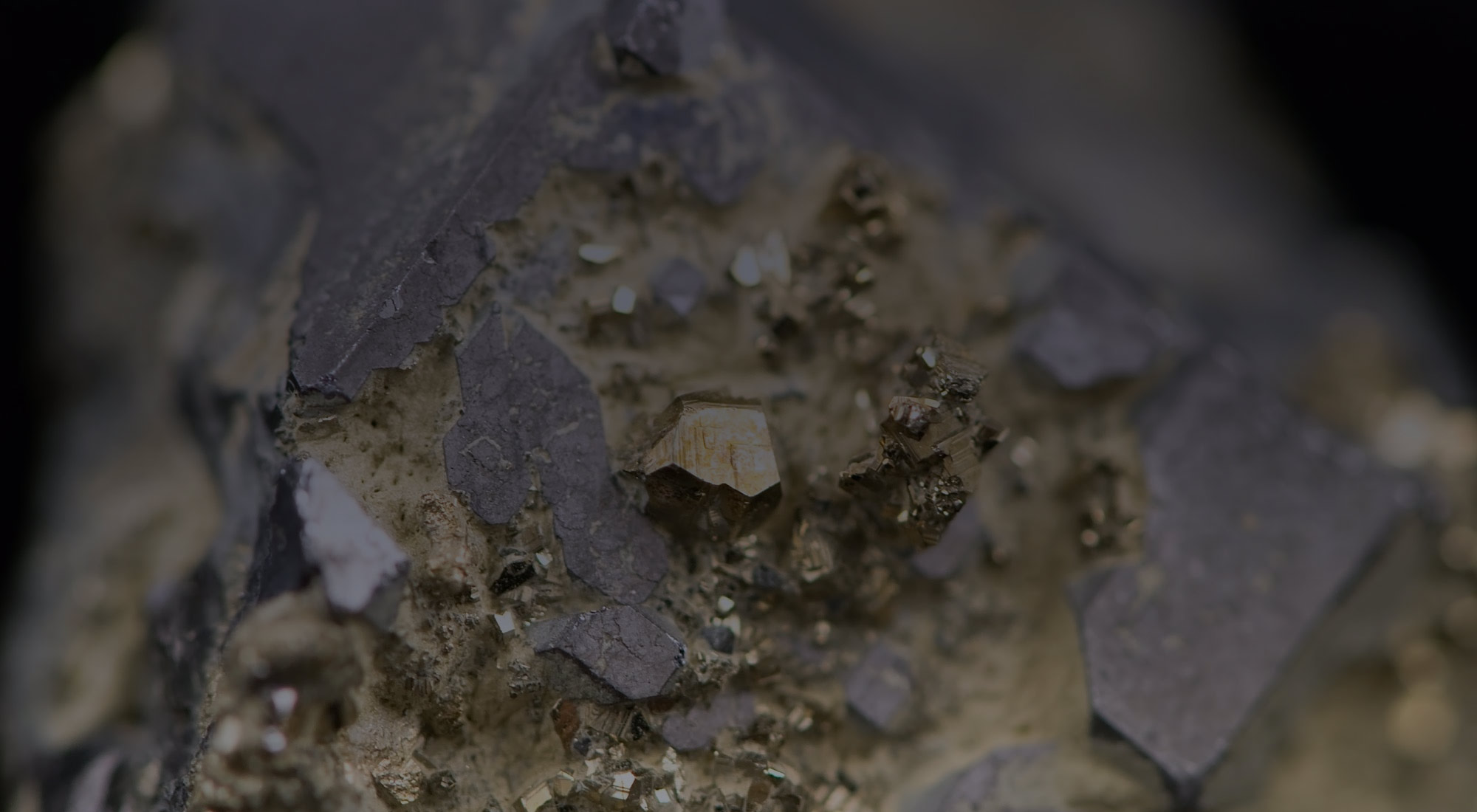The Glittering Problem: Understanding and Mitigating Gold Loss in Jewellery Manufacturing
Gold has captivated human imagination and desire for millennia. From ancient civilizations adorning royalty in gold ornaments to modern jewellery pieces that symbolize love, achievement, and luxury, gold’s appeal has endured through time. However, behind the glittering façade of every exquisite piece lies a complex manufacturing process that, while refined and meticulous, is fraught with a persistent and costly challenge—gold loss.
While the loss may appear negligible on a piece-by-piece basis, when magnified across large-scale operations or long periods, the cumulative financial and environmental impact can be substantial. As gold prices continue to rise and sustainability becomes a pressing concern for the industry, understanding and addressing gold loss in jewellery manufacturing has never been more critical.
This article explores the stages of gold loss, examines the reasons behind them, discusses the impact of such losses, and offers actionable strategies to mitigate them—providing a comprehensive guide for manufacturers, artisans, and stakeholders in the jewellery supply chain.
What is Gold Loss?
Gold loss refers to the unintentional loss of gold during the various stages of jewellery production. This can take many forms: microscopic particles that escape through the air, gold filings washed away during cleaning processes, or residual material left behind on tools and surfaces.
While no manufacturing process is entirely free from material loss, in jewellery making—where gold is both expensive and finite—every microgram matters. The goal, therefore, is not just to understand where and how losses occur but to minimize them to the greatest extent possible.
Where Does the Gold Go? The Stages of Loss
Gold can be lost at nearly every stage of jewellery manufacturing. Below, we dissect each phase to understand the vulnerabilities and opportunities for mitigation.
1. Melting and Alloying
The journey begins with melting pure gold and combining it with alloying elements (like silver, copper, or zinc) to achieve desired properties such as hardness or color. While seemingly straightforward, this step can result in losses through:
- Dust and fumes: Tiny gold particles can become airborne, especially when high temperatures and open flames are used.
- Spillage and overflow: Pouring molten gold into molds or crucibles can lead to drips and spills.
- Oxidation and dross: Though gold doesn’t oxidize easily, the other metals in the alloy may, creating dross (metallic slag), which contains traces of gold.
2. Casting
During investment casting or lost-wax casting, the molten gold is poured into molds. Gold loss here occurs due to:
- Sprues and gates: Excess material needed to fill molds is later cut off and must be properly recycled.
- Incomplete fills or mold damage: Imperfect casts may need to be scrapped and remelted, leading to material degradation over time.
- Adherence to molds: Fine particles can remain embedded in the investment powder.
3. Sawing and Cutting
Both manual and mechanized cutting create fine particles of gold that settle on benches, floors, and equipment. Often overlooked, these particles are difficult to collect without proper systems in place.
4. Filing, Grinding, and Polishing
These essential finishing processes result in the highest amount of gold dust and filings. Without dedicated suction systems and collection trays, this gold is often lost in cloths, air filters, or washed down drains.
5. Pickling and Chemical Cleaning
Acid baths used to remove oxidation and surface contaminants can dissolve minuscule amounts of gold. Improper disposal of these chemicals not only leads to material loss but poses serious environmental risks.
6. Soldering and Assembly
During soldering, gold solder can splatter, evaporate, or be left unused on tools. Flux, used in the process, may absorb traces of gold that are never recovered.
7. Handling and Transfer
Human error is another significant factor. Gold pieces, no matter how small, can be dropped, misplaced, or forgotten in machines. Gloves, brushes, aprons, and even workers’ skin can carry away particles unnoticed.
8. Work Environment and Maintenance
A disorganized or poorly ventilated workshop exacerbates losses. Dust and debris settle in corners, ventilation filters, or cleaning cloths, all of which can be gold-bearing. Without regular cleaning and gold recovery, this gold becomes waste.
The Impact of Gold Loss
The implications of unmitigated gold loss ripple far beyond simple material waste.
1. Financial Consequences
Even small losses translate into considerable costs over time. For instance, losing just 1 gram of gold per day in a medium-sized workshop operating 250 days a year amounts to 250 grams annually—worth tens of thousands of dollars at current market prices. Multiply that by hundreds of workshops, and the industry-wide impact becomes staggering.
2. Environmental Responsibility
Gold mining and refining are resource-intensive processes with significant environmental footprints. Every bit of lost gold represents wasted energy, water, and labor. Moreover, improperly handled gold-containing waste can leach into the environment, causing contamination.
3. Operational Inefficiencies
Consistent loss of material indicates inefficiencies in processes or workflows. Such inefficiencies often correlate with poor inventory control, higher rejection rates, and greater overhead costs.
4. Reputational Risk
In today’s ethically conscious market, jewellery brands are expected to embrace sustainability. High gold wastage can harm a brand’s image, especially if linked to environmental negligence or poor labor practices.
Strategies to Minimize Gold Loss
Addressing gold loss requires a combination of technological upgrades, staff training, process optimization, and a culture of meticulousness. Here are key strategies:
1. Precision in Material Handling
- Use gold-specific containers with anti-static linings.
- Assign dedicated tools for gold work to prevent cross-contamination.
- Train staff to work over catch trays and avoid unnecessary movement of pieces.
2. Optimized Workshop Design
- Equip workstations with smooth, non-absorbent surfaces.
- Install high-efficiency particulate air (HEPA) filters and dust collectors.
- Include sealed floors and walls to prevent gold dust accumulation in cracks.
3. Regular Recovery of Gold-Bearing Waste
- Periodically collect and process polishing cloths, sweeps, sludge from water treatment units, and HVAC filters.
- Employ professionals or use in-house equipment for gold recovery via electrolysis or chemical precipitation.
4. Modern Tools and Automation
- Invest in Computer-Aided Design (CAD) and Computer-Aided Manufacturing (CAM) to reduce errors in casting.
- Use laser cutters and precision polishers to minimize waste.
- Automate gold weighing and tracking to prevent human error.
5. Comprehensive Inventory and Waste Tracking
- Use software to track gold flow from raw material to finished product.
- Compare expected vs. actual gold usage at each stage to detect discrepancies early.
- Maintain a detailed log of gold recovery yields.
6. Regular Cleaning and Maintenance
- Implement a rigorous, scheduled cleaning routine.
- Use vacuum systems with recovery filters rather than sweeping.
- Clean tools and equipment in designated areas where residues can be collected.
7. Employee Training and Accountability
- Educate workers on gold loss economics and environmental implications.
- Conduct regular workshops on best practices.
- Create incentive programs to reward low-waste workstations.
8. Routine Audits and Process Improvements
- Conduct periodic audits by third-party professionals.
- Analyze data from production logs and loss reports to identify weak spots.
- Incorporate continuous improvement philosophies like Lean or Six Sigma.
Innovations on the Horizon
Technology continues to open doors for more efficient gold use and recovery. Some promising developments include:
- Closed-loop systems: Fully integrated systems where waste is continuously recycled in-house.
- Nano-recovery filters: Capable of capturing particles invisible to the naked eye.
- Smart waste bins: IoT-enabled containers that monitor gold-bearing waste and send alerts when thresholds are reached.
- AI-driven process analysis: Algorithms that detect patterns in loss and suggest process optimizations in real time.
Additionally, the industry is seeing a rise in urban mining—the recovery of precious metals from electronic waste and manufacturing byproducts. Jewellery manufacturers with robust recovery systems are uniquely positioned to participate in and benefit from this trend.
Real-World Example: A Success Story
One Indian jewellery manufacturer, after noticing an unexplained discrepancy in annual gold accounting, conducted a three-month audit. They discovered that their polishing room alone was responsible for a 3% annual loss due to improper dust collection. By upgrading their suction system and retraining staff, they reduced gold loss by 80% in that department, saving over $150,000 in the first year alone.
Final Thoughts: A Golden Opportunity
Gold loss in jewellery manufacturing is an inevitable byproduct of a complex, multi-stage process. However, with awareness, discipline, and the right systems in place, much of this loss can be prevented, reclaimed, or repurposed. Doing so not only protects profit margins but also aligns businesses with the growing demand for environmental and social responsibility.
Every gram of gold saved is a win—not just for the bottom line, but for the planet, the workers, and the integrity of the craft itself. As the industry moves toward a more sustainable future, mastering gold loss mitigation isn’t just good business—it’s an essential part of honouring the very material that gives jewellery its enduring charm.









